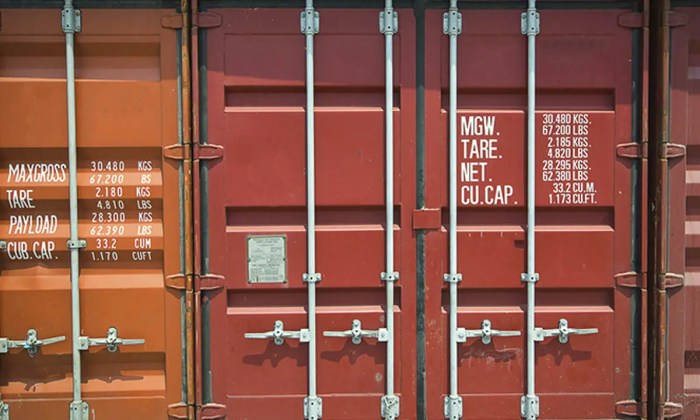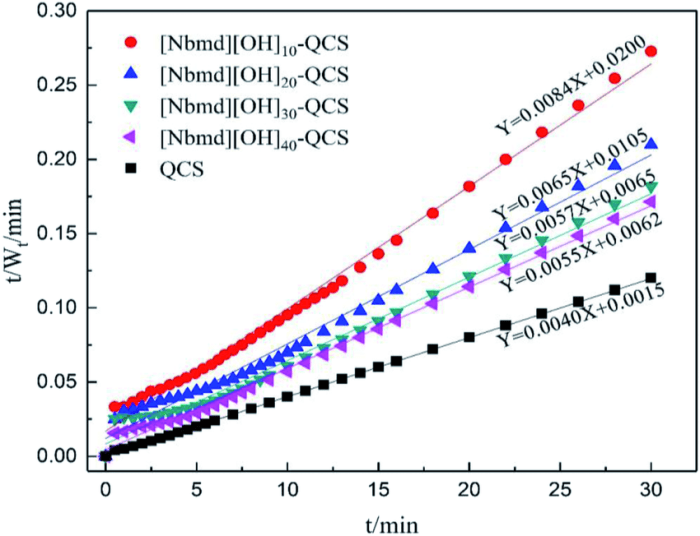As the “tests the weight of crossword” takes center stage, this opening passage beckons readers into a world crafted with knowledge, ensuring a reading experience that is both absorbing and distinctly original.
Delving into the intricate web of crossword construction, we embark on a journey to unravel the enigma of grid distribution. From the subtle nuances of weight distribution across rows and columns to the strategic implications for solving and tournament play, this exploration unveils the hidden depths that shape the crossword experience.
Weight Distribution: Tests The Weight Of Crossword

The weight of a crossword is distributed across its rows and columns, with each square having a specific weight. The weight of a square is determined by the number of letters it contains and the frequency of those letters in the language.
Squares with more letters or with letters that are less common in the language have a higher weight.For example, a crossword with a lot of short words will have a lower weight than a crossword with a lot of long words.
Similarly, a crossword with a lot of uncommon letters will have a higher weight than a crossword with a lot of common letters.
Weight Distribution in Different Crosswords
Different crosswords have different weight distributions. Some crosswords are designed to be easy to solve, while others are designed to be more challenging. Easy crosswords typically have a lower weight, while challenging crosswords typically have a higher weight.For example, a crossword puzzle in a newspaper might have a lower weight than a crossword puzzle in a specialized crossword magazine.
Similarly, a crossword puzzle designed for children might have a lower weight than a crossword puzzle designed for adults.
Solving Strategies

The weight of a crossword can significantly influence the strategies you employ to solve it. Lighter crosswords typically feature more straightforward clues and a higher proportion of common words, making them suitable for beginners or those looking for a quick mental workout.
Heavier crosswords, on the other hand, demand a deeper vocabulary, specialized knowledge, and a more nuanced understanding of wordplay. They often incorporate obscure references, puns, and cryptic clues, requiring solvers to think laterally and make educated guesses.
Tips for Solving Crosswords with Different Weight Distributions, Tests the weight of crossword
Lighter Crosswords
- Start with the easier clues, such as those with short answers or familiar words.
- Look for patterns in the grid, such as repeated letters or symmetrical arrangements.
- Use online resources or crossword dictionaries to fill in unknown words.
Heavier Crosswords
- Read the clues carefully and identify any puns or wordplay.
- Consider the context of the clue and the surrounding answers.
- Use a thesaurus or online resources to explore different meanings of words.
Crossword Construction

Crossword construction involves assigning weights to clues based on their difficulty. Factors considered include the length of the answer, the obscurity of the clue, and the number of possible answers. Tools like online dictionaries and thesaurus can assist in determining the weight of a clue.
Determining Clue Weight
*
-*Length of Answer
Longer answers typically receive higher weights.
-
-*Obscurity of Clue
Clues that require specialized knowledge or obscure references are weighted higher.
-*Number of Possible Answers
Clues with multiple possible answers are weighted lower, as they are easier to solve.
-*Cross-referencing
Clues that intersect with multiple other answers are weighted higher, as they require more strategic thinking.
-*Theme Clues
To test the weight of your crossword prowess, why not try your hand at the AP US History “Give Me Liberty” crossword puzzle? It’s a great way to brush up on your knowledge of American history while also flexing your crossword-solving muscles.
Clues related to the crossword’s theme are often weighted higher to guide solvers.
Crossword Tournaments

In crossword tournaments, the weight of crosswords plays a crucial role in determining the level of difficulty and the strategies employed by solvers.
Tournaments often use a weighted system to categorize crosswords based on their complexity. This allows organizers to create fair and balanced competitions for solvers of different skill levels.
Tournament Formats
Various tournament formats utilize weight as a factor, including:
- Weighted Average:The average time taken by solvers to complete a crossword is used to determine its weight. Crosswords with higher weights are considered more challenging.
- Solver Ratings:Tournaments may assign ratings to solvers based on their performance in previous events. Crosswords are then weighted according to the average rating of the solvers who have attempted them.
- Expert Evaluation:In some tournaments, a panel of experienced crossword constructors evaluates the difficulty of each puzzle and assigns a weight accordingly.
Historical Context

Crossword weight has evolved significantly throughout history, influencing the overall culture and enjoyment of crossword puzzles.The early days of crosswords featured puzzles with relatively light weight, emphasizing straightforward clues and accessible vocabulary. As the genre gained popularity, constructors began experimenting with more challenging clues and obscure words, leading to the development of heavier puzzles.
This shift towards weightiness was driven by a desire to create puzzles that were more intellectually stimulating and rewarding for experienced solvers.
Notable Crossword Constructors
Several notable crossword constructors have played influential roles in the development of weight systems:
-
-*Will Shortz
The crossword editor of The New York Times, Shortz is known for his challenging and innovative puzzles that often feature heavy weight.
-*Merl Reagle
A prolific constructor known for his clever clues and challenging puzzles, Reagle’s work has helped popularize heavy weight crosswords.
-*Eugene Maleska
Maleska’s puzzles were renowned for their extreme weight, featuring obscure vocabulary and complex cluing.
-*John Samson
Samson’s puzzles are known for their witty and challenging clues, often featuring heavy weight and wordplay.
FAQ Insights
What factors determine the weight of a crossword?
The weight of a crossword is influenced by the difficulty of the clues, the number of possible answers, and the overall symmetry and balance of the grid.
How does weight impact solving strategies?
Heavier crosswords often require more research and lateral thinking, while lighter crosswords can be solved more quickly using straightforward deduction.
What role does weight play in crossword tournaments?
Tournaments often use weight to handicap players, ensuring a level playing field for solvers of varying skill levels.